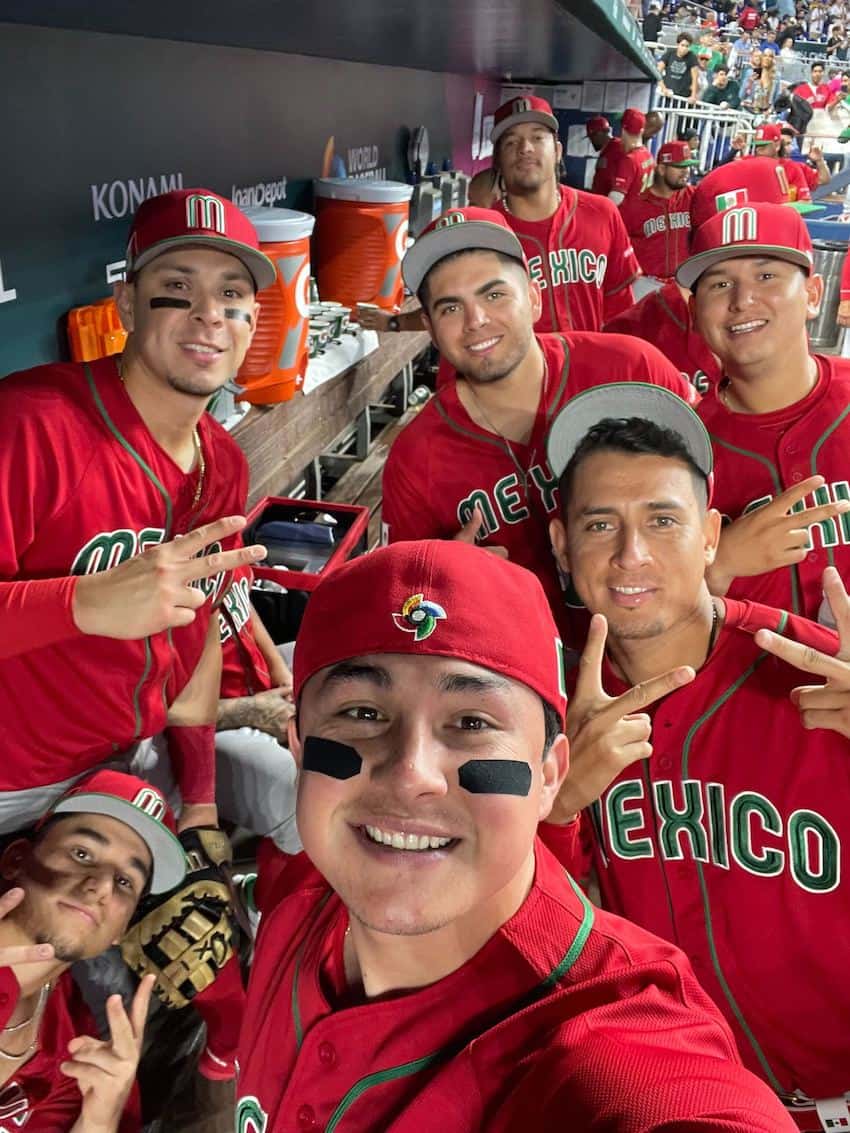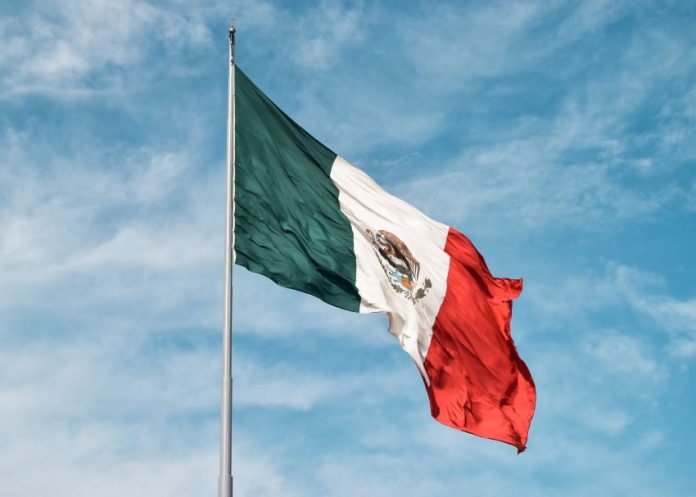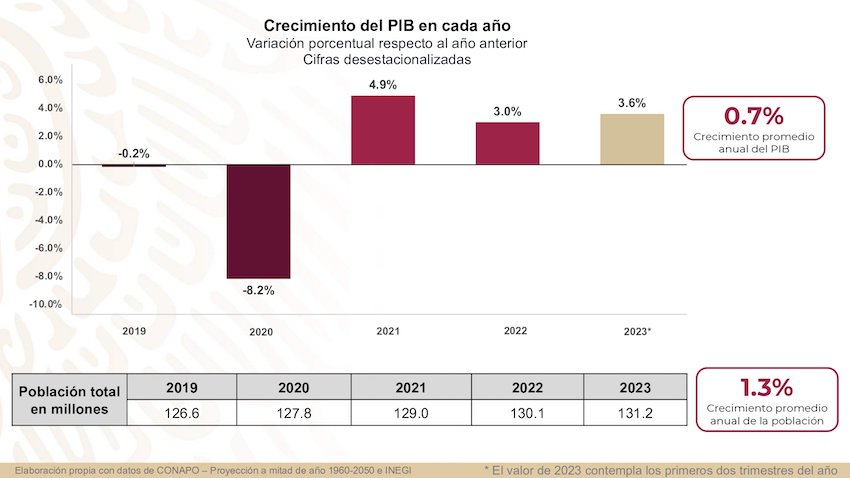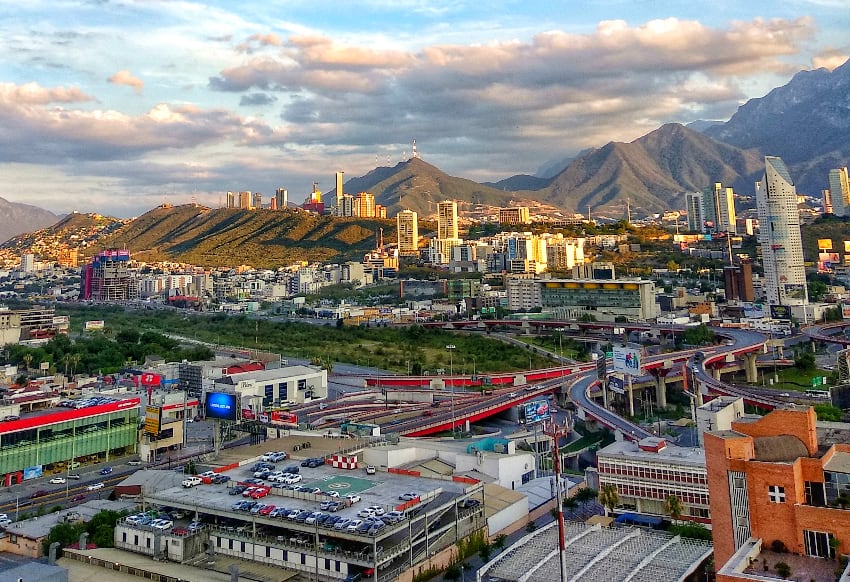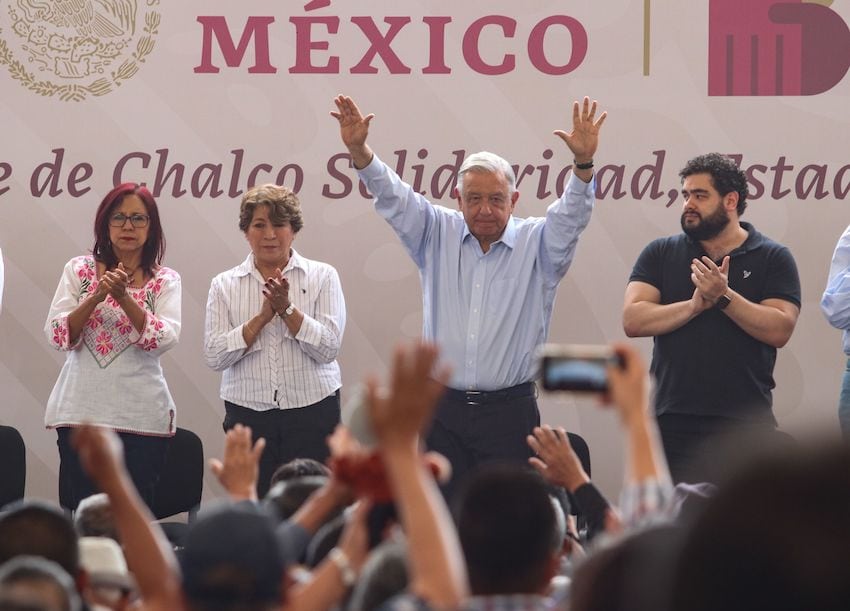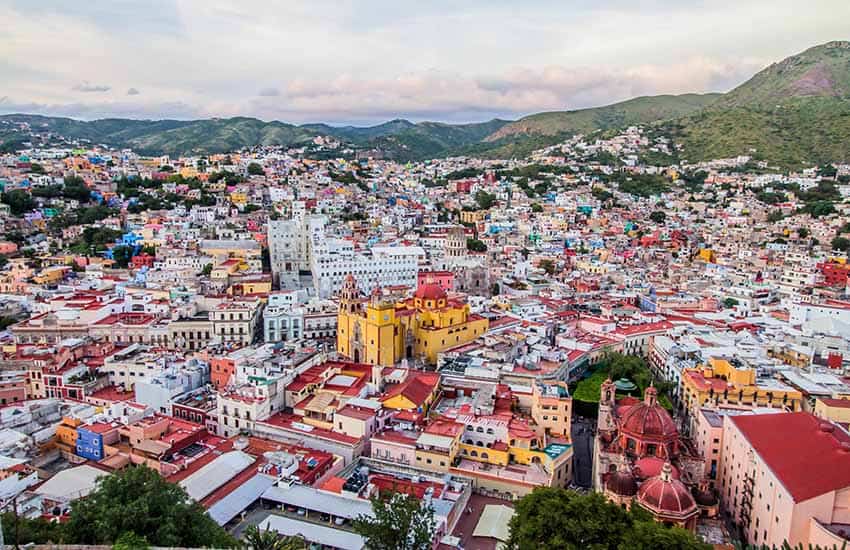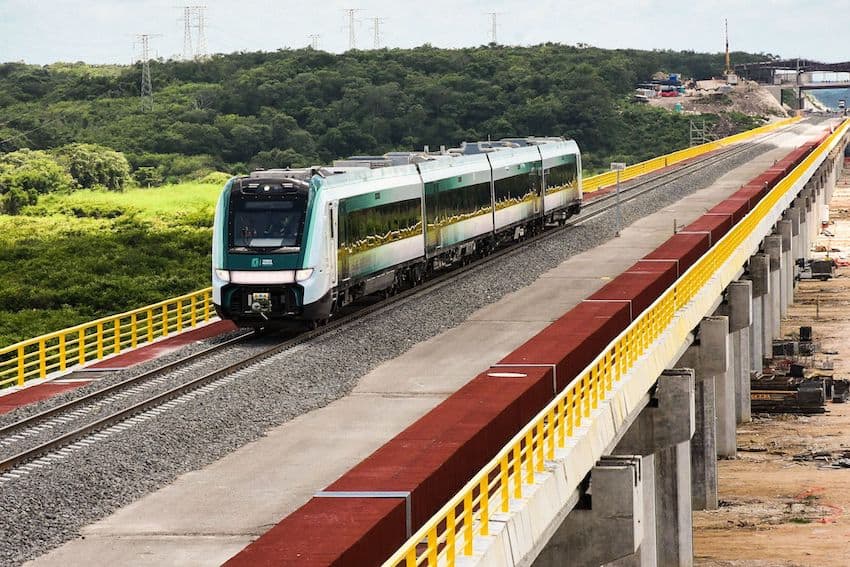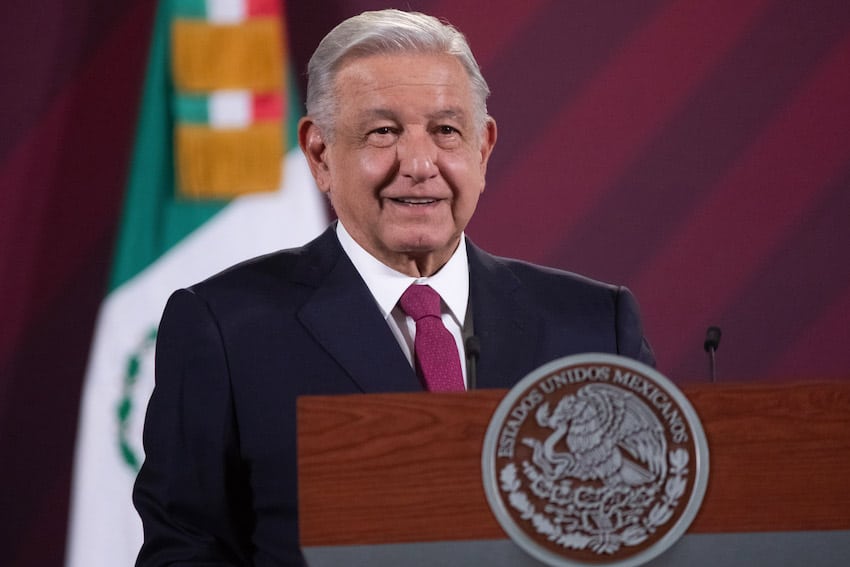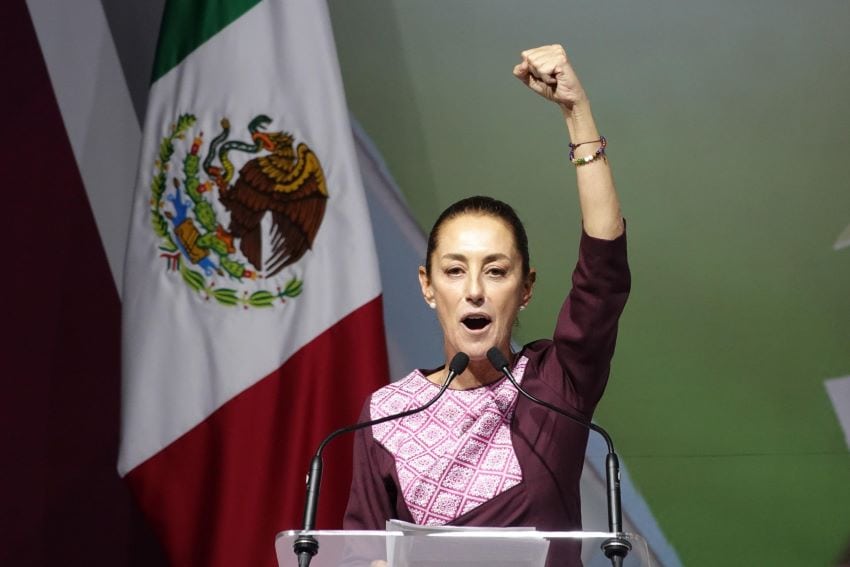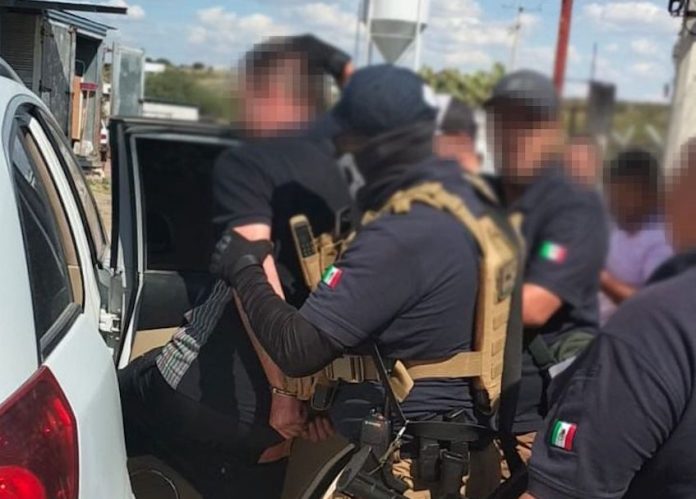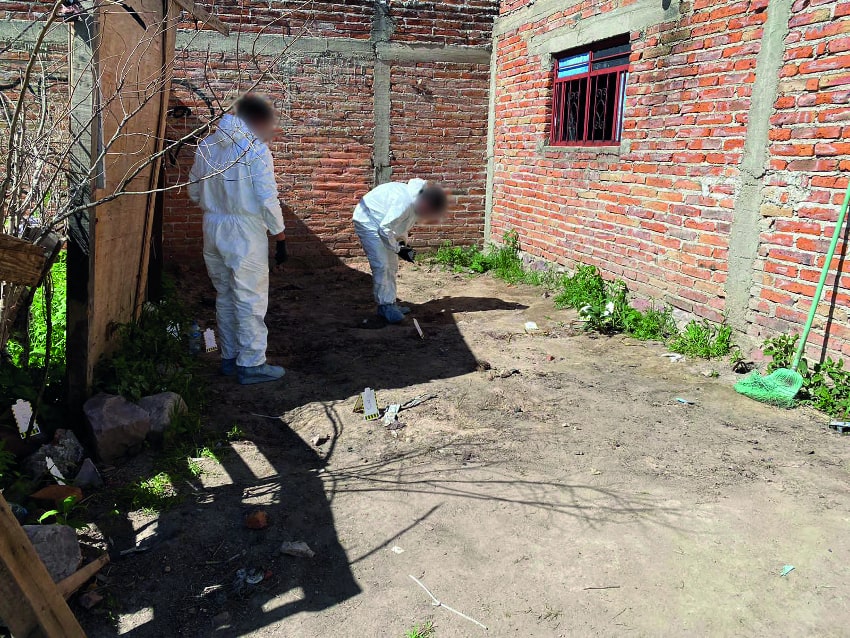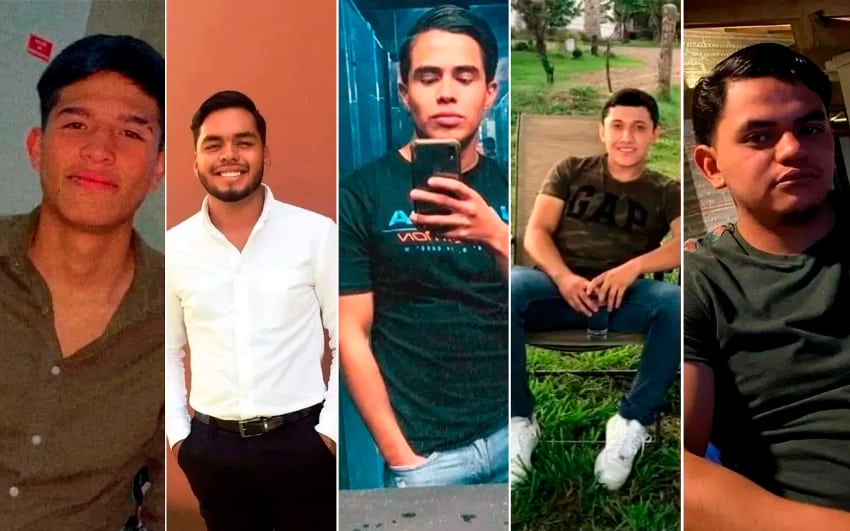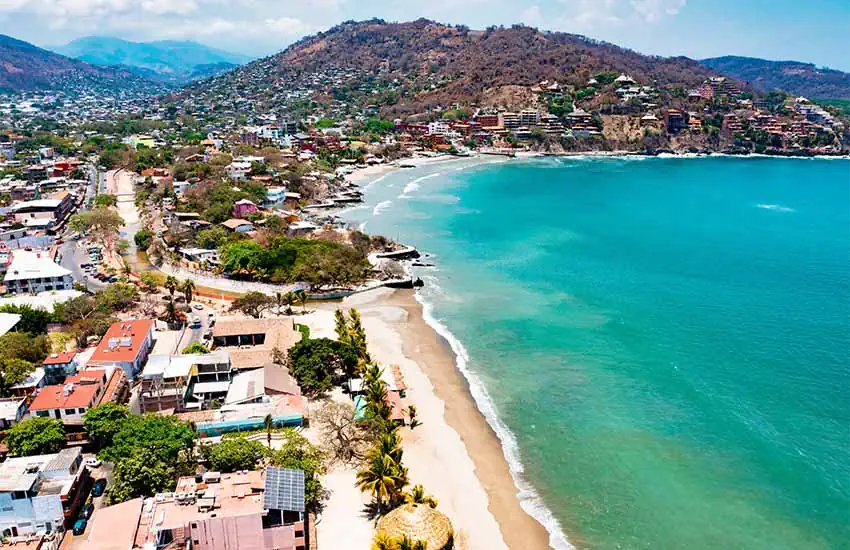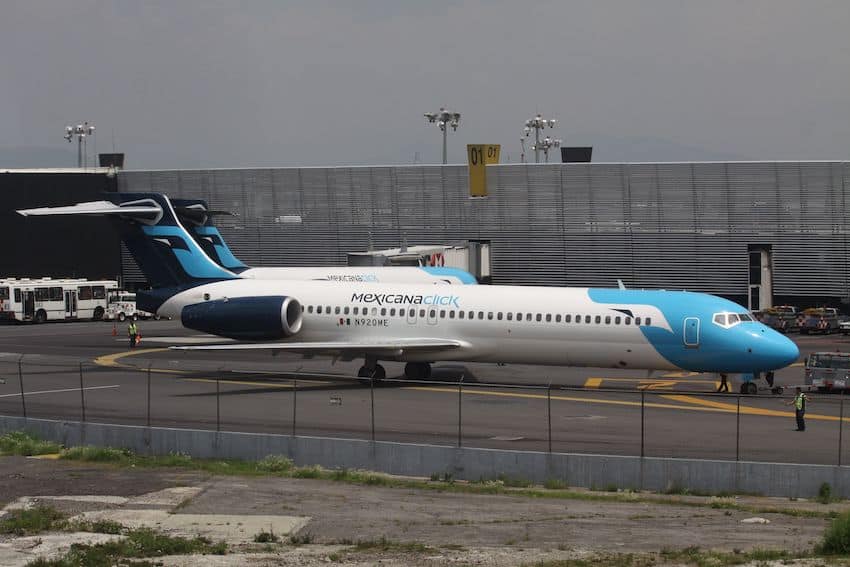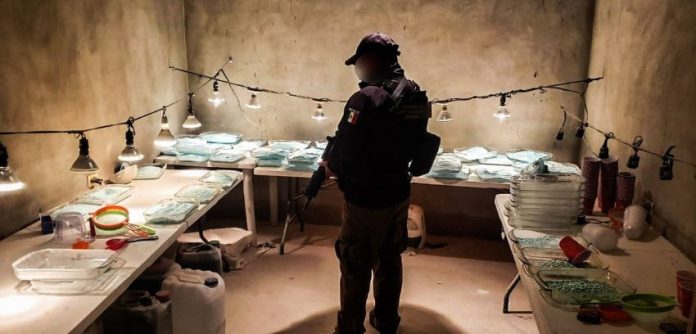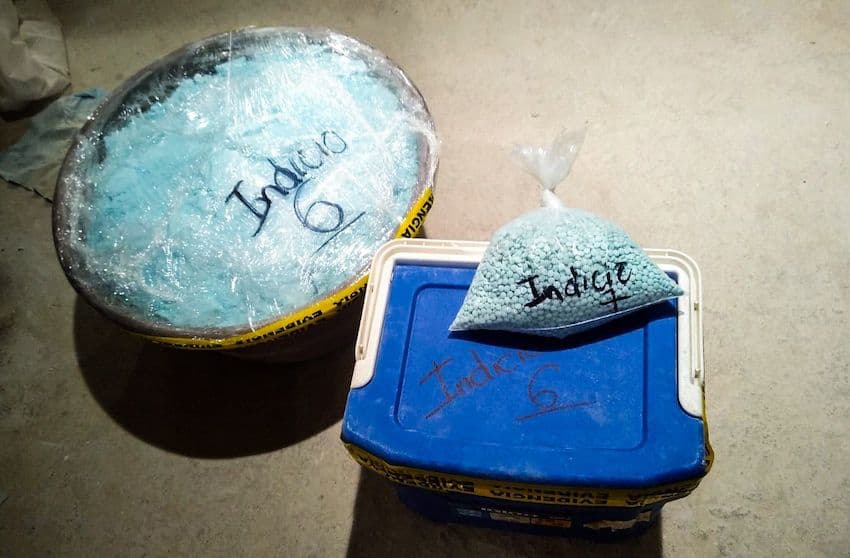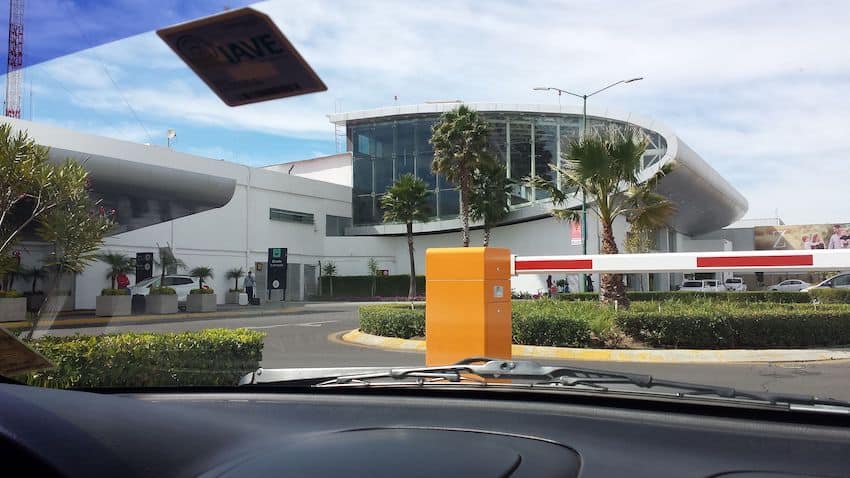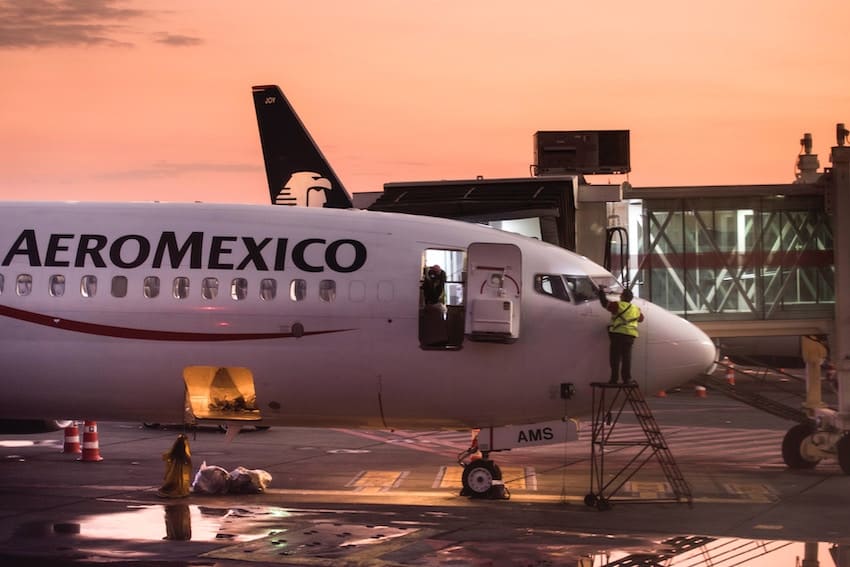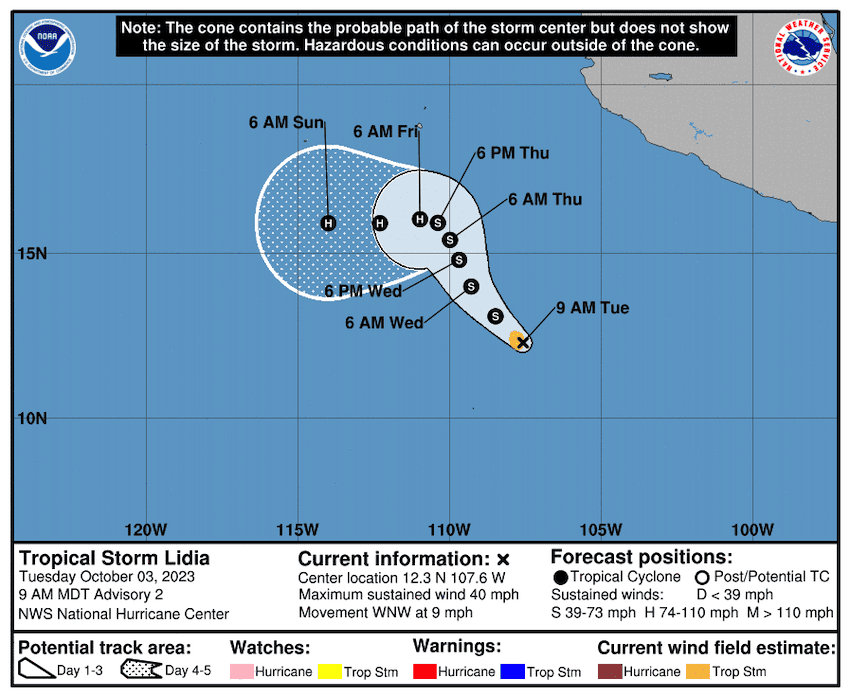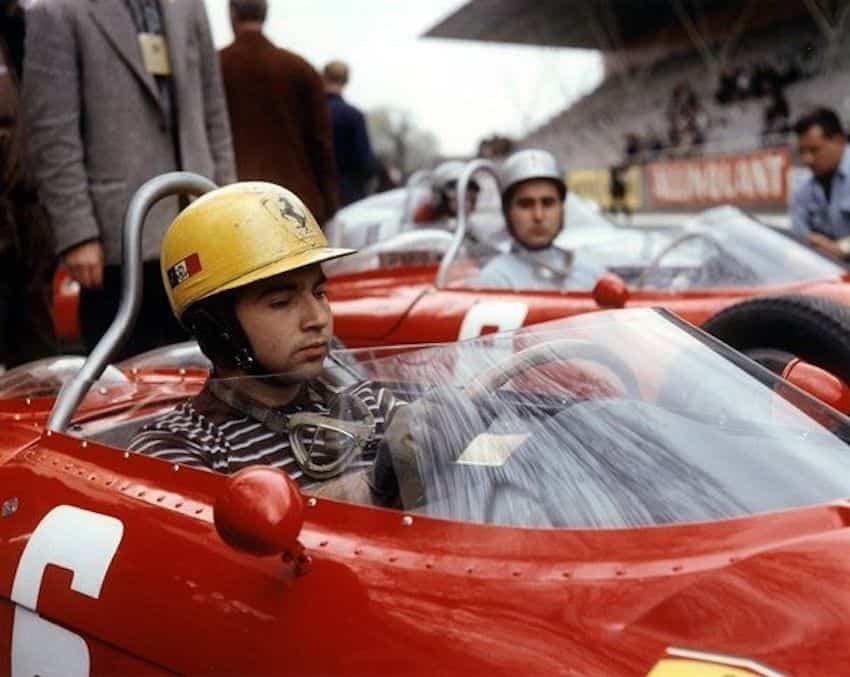RA diseño+arquitectura, founded by sisters Paola and Karla Rodríguez Arango, has gained recognition and industry accolades, having completed around 180 projects consisting of homes and apartments, restaurants, spas and other commercial projects for both Mexicans and foreigners. Their work has expanded from Mexico City to Puebla, Cuernavaca, Valle de Bravo, Toluca, Acapulco, Querétaro, Morelia, San Miguel de Allende, León, Guadalajara, Mérida, Tulúm, Puerto Escondido and San Luis Potosí, and always reflects the regional environment, culture and work of the local artisans. But how did this story of female success in a male-dominated environment begin?
Growing up in a creative family

As children, Paola and Karla loved observing their father and grandfather, both realtors and property developers, in their work meetings. “We listened intently to their discussions with the engineers, architects and designers,” says Paola, who was always fascinated that beautiful spaces could be created out of nothing but an idea. Karla remembers their mother sharing her innate love of beauty, aesthetics and interior design with her daughters. “We grew up with a creative, witty and sensitive spirit in our family.” It made perfect sense that both girls were headed for creative careers with a myriad of options laid before them.
Breaking cultural barriers
Both sisters studied at the Universidad Iberoamericana, where Paola majored in International Relations and Karla studied Industrial Design. After receiving her MBA from the London Business School, Paola returned to Mexico to join the sales team at Random House’s Mondadori imprint. “Little did I know that this whole journey would eventually pave the path for a career in design and construction”, she says, having been greatly impacted by how France and England’s cultures influenced their public and private spaces, architecture and lifestyle.
Working in the cerebral, corporate environment of Mondadori, Paola soon realized she was missing her love of creative design. It was at that point that her father invited her to collaborate on real estate development projects in San Miguel. To solidify her change in direction, Paola furthered her studies at CENTRO Interior Architecture, in interior design.

Meanwhile, Karla focused her natural talents on studying the design potentials of materials such as wood and metal and working with shapes, silhouettes and ergonomics. She too spent time abroad, studying drawing, sculpture and photography in Florence and design at the Polytechnic Institute in Milan, culminating in a master’s degree in Visual Merchandising and Window Display. Like Paola, she believes that her international studies gifted her a unique opportunity to transcend cultural barriers and create a common language through design.
The stage was set for a synergy between the sisters, a mode of work that would see the pooling of their artistic talents and business acumen.
Design projects that won attention
When Karla returned to Mexico City, Paola’s construction venture was expanding. One of her many projects in San Miguel de Allende, Casa Zen, was featured on TV in “House Hunters International,” gaining instant credibility with a wider audience. Family and friends began asking her to design their homes, studios, short term rentals, kitchens, restaurants or offices.

Karla’s venture into furniture design and manufacturing landed her the role of Visual Presentation and Display Coordinator at Casa Palacio, Palacio de Hierro’s home goods store. From there, working with her sister was then simply an organic progression to work with her sister, as clients requested further architectural and interior design. Their company, RA diseño+arquitectura studio was founded with their first formal project in 2017. “In the beginning, we played all the office roles; client relations, project development, presentations, quotations, execution of plans, logistics, supply, installation, assembly, post-sale follow-up – you name it!” says Paola.
Karla chimes in: “Since we manufacture custom furniture, we deal with the carpenters, blacksmiths, upholstery, design materials like glass, stone, lighting fixtures and textiles. We also buy decorative items but do assembly in-house. That takes a lot of logistics, planning and coordination to deliver every project turn-key!”
The sisters have enjoyed rising to this feat of multi-tasking, logistics and planning. They say it’s their love for creativity and design, as well as a respect and care for each other and their work, that continues to evolve their exciting journey together.
Breaking the mold in a man’s world
In Mexico City, construction is an industry solidly dominated by men. “We deal with a lot of clichés and gender stereotypes where workers and clients both often assume that our projects are just a hobby, that women don’t possess this kind of technical knowledge,” Paola and Karla report. “There’s this weird attitude that our job involves images on Pinterest, rather than actually sourcing and manufacturing the design to execution, with years of prep and studies,” they continue.
Paola goodheartedly bemoans the daily challenge, adding that she organizes her days around her kids. “I was burning the midnight oil, working till 2 or 3 a.m. to work without any interruptions.” Their work involves building, remodeling, designing and manufacturing as well as running a company team as joint CEO’s and general directors. “Again, on-site, it’s interesting that the male workers take a bit of time to warm up to this fact. They see us as interior designers, they’d much rather take orders from a male architect, even if RA studios has hired him!” Paola continues. It is time to open up this field not just for women but for any young aspiring professionals.

“We have always been very empathetic and supportive of each other, we share and enjoy the demands and provocations! So working together is the icing on the cake,” Karla laughs.
Empowering women and creatives
With clients from different backgrounds, contexts and other parts of the world, the power designer sister duo implicitly understand that the space we occupy creates an ambience that influences emotions. “Creating beautiful and comfortable spaces for people that integrate emotions — peace, happiness and delight — motivates me to work harder every day”, Paola says. Karla’s guiding principle is also to “create spaces of warmth that can be lived in.” All that hard work is paying off in great joy and success.
“We hope to pave a path for other women entrepreneurs, proud to be women and proud to be Mexican, despite all the challenges,” Paola concludes. “Why not transform the role of women in our industry? There’s excellent proof we can accomplish that!”
Henrietta Weekes is a writer, editor, actor and narrator. She divides her time between San Miguel de Allende, New York and Oxford, UK.





